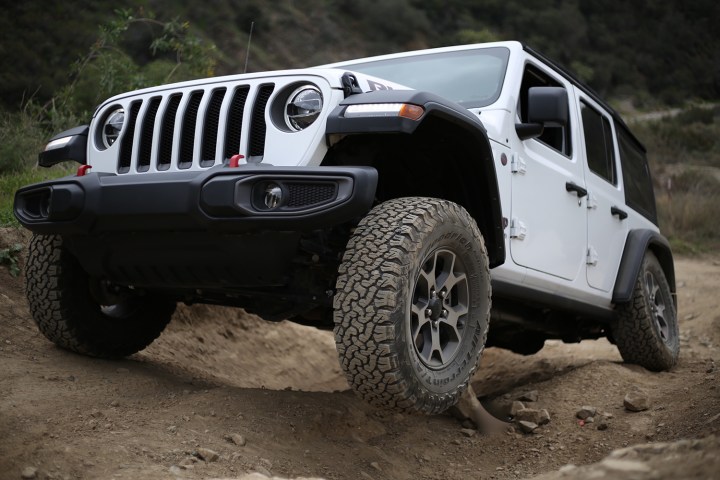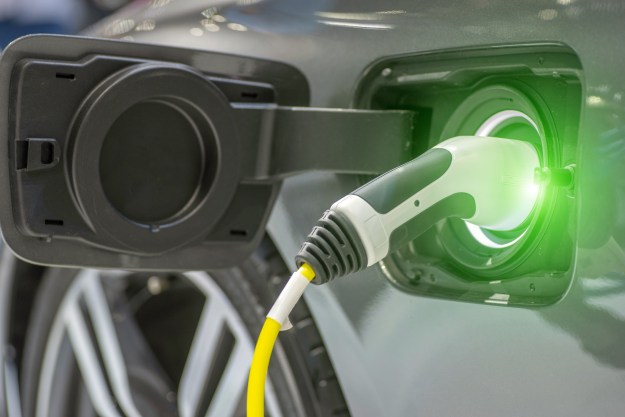
The cloud of negativity surrounding autonomous and semi-autonomous cars isn’t stopping Fiat Chrysler Automobiles (FCA) from weaving the technology into its five-year product plan. Speaking to investors and journalists, the automaker outlined how it aims to play catch-up in this important sector of the market.
Jeep, Alfa Romeo, and Maserati will offer level-three connectivity across a majority of their respective model portfolios by 2021. Level three corresponds to an eyes-off system. In the right conditions, it lets the driver take his or her eyes off the steering wheel to read a book or work. Don’t expect to blast down I-15 at 80 mph while watching Ghostbusters, though. Odds are the technology will initially only be available at relatively low speeds, such as in dense traffic on the highway.
There’s another catch. Audi recently launched a pioneering level-three system in the all-new A8 but you can’t buy it no matter how much you’re willing to pay. Called Traffic Jam Pilot, the technology remains illegal in the United States due to a host of regulatory, infrastructure, and consumer issues. Realistically, FCA will run into the same issues if it tries to roll out the same technology in the not-too-distant future. It’s coming by 2021, we’re told, but the company didn’t provide a more specific time frame.
Ram is the exception to the rule — at least from the brands FCA mentioned as it presented its five-year plan. The brand’s trucks will only receive level-two technology, meaning the driver will be able to take his or her hands off the wheel for brief intervals when the right conditions are met. To add context, that’s the same level of automation Tesla’s Autopilot achieves. Level-two systems will be offered on the new 1500, the 2500 and 3500 heavy-duty trucks, the yet-unnamed midsize truck it will release in the coming years, and the next-generation ProMaster City. Ram chose not to include the full-size ProMaster in its tech offensive.
Autonomy and connectivity often go hand in hand. To that end, FCA also announced the launch of a car-sharing program scheduled to begin in 2019. Participants will need to choose between three tiers called Good, Better, and Best, respectively. Each tier will include different vehicles, though FCA hasn’t released full information about the program yet. The list of extra-cost options will include insurance, concierge services, and the option to swap cars on a more regular basis.
FCA boss Sergio Marchionne also wants his company to cash in on the connectivity craze by offering in-car purchases. Coming to certain regions in 2019 as a pilot program, the service will let owners of compatible (read: late-model) cars purchase movie tickets, pay for parking, or pay for tolls using the touchscreen embedded in the center console. The list of goods and services will expand as the program matures. We expect to learn more about the in-car purchasing service by the end of the year.
Editors' Recommendations
- Jeep is launching its first two electric SUVs in the U.S. in 2024
- Want an electric car that can tow? Then you need a Polestar 2
- Cadillac drivers can now find and pay for parking from their dashboards



